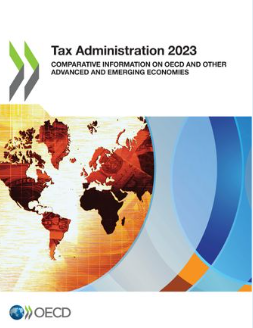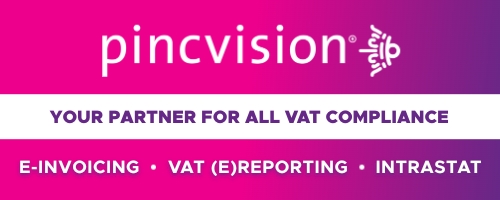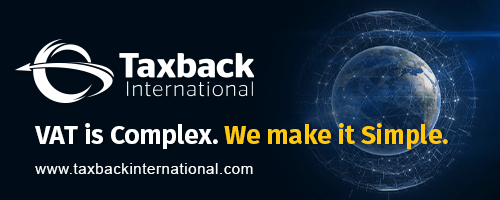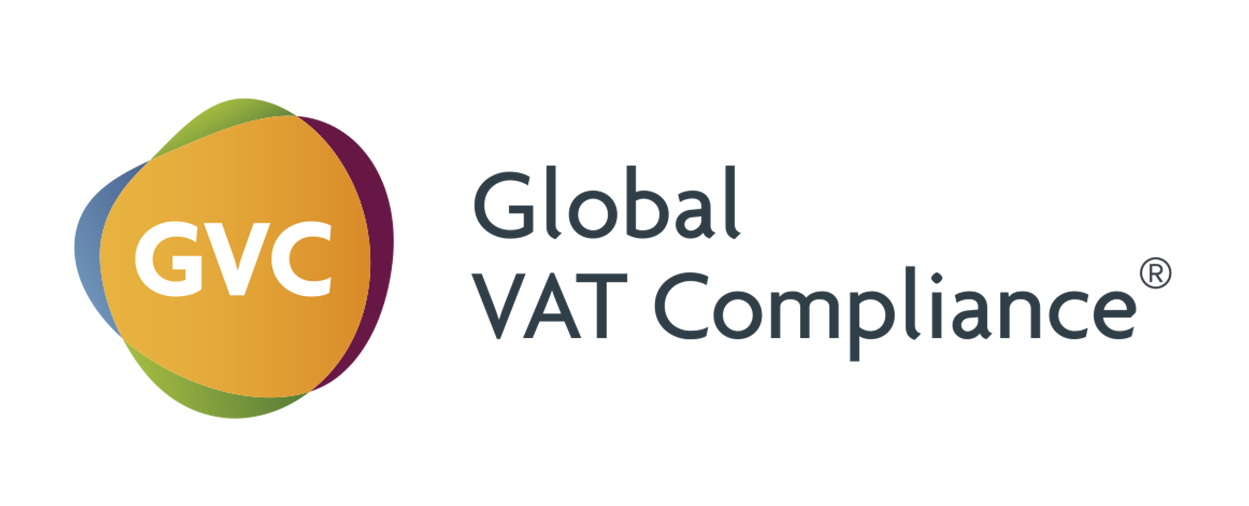VAT Aspects
The document “Tax Administration 3.0: The Digital Transformation of Tax Administration” by the OECD discusses various aspects of VAT (Value Added Tax) within the broader context of digital transformation in tax administration. Here are the key points related to VAT:
- Integration into Natural Systems:
- The vision for Tax Administration 3.0 includes integrating tax processes, such as VAT, into the natural systems used by taxpayers in their daily lives and businesses. This aims to make tax administration more seamless and frictionless.
- Automation and Upstreaming:
- The document emphasizes the automation and upstreaming of tax administration processes, including VAT. This involves embedding tax rules into business software and web or mobile applications to reduce administrative burdens and improve compliance.
- Digital Identity and Data Management:
- The use of digital identities and robust data management standards is crucial for the effective administration of VAT. This includes ensuring data quality, security, and interoperability across different systems.
- Tax Rule Management and Application:
- The document highlights the importance of clear specifications for tax rules, including VAT, which can be incorporated into software systems used by businesses. This allows for automatic calculation and reporting of VAT within business transactions.
- Examples of Leading Practices:
- The document provides examples of leading practices in VAT administration, such as Spain’s Virtual Assistant tool for VAT. This AI-based tool helps taxpayers understand complex VAT regulations and provides instant information and guidance.
- International Cooperation:
- The document discusses the need for international cooperation and standardization in VAT administration to handle cross-border transactions effectively. This includes developing global standards for data exchange and tax rule application.
- Compliance by Design:
- The concept of compliance by design is emphasized, where VAT compliance is built into business processes and systems, reducing the need for manual interventions and audits.
- Real-time Reporting:
- The document advocates for real-time or near-real-time reporting of VAT transactions to improve accuracy and reduce the risk of non-compliance. This includes leveraging technologies like e-invoicing and online cash registers.
- Case Studies:
- Specific case studies, such as Kenya’s digital tax payments via mobile money (M-Pesa), illustrate how digital solutions can simplify VAT payments and improve compliance.
- Future Vision:
- The future vision for VAT administration includes greater use of AI, machine learning, and blockchain technologies to enhance transparency, reduce fraud, and streamline tax processes.
2023 report on tax administration highlights trends regarding digital transformation
The OECD recently published Tax Administration 2023, which provides comparative data on tax systems and administration in 58 advanced and emerging economies. The report aims to guide tax administrations in shaping their future operations and to inform stakeholders and policy makers about global tax administration trends. It includes nine chapters on tax administration performance and a special feature on how tax authorities are adapting to digital transformation and changing their operating models with technology. This feature highlights trends in digital transformation based on six core “building blocks” identified in the discussion paper Tax Administration 3.0: The Digital Transformation of Tax Administration, published in December 2020.
Sources














